AR, VR and XR: Shaping Learning through Virtual Worlds
Immersive worlds currently draw us into virtual spaces primarily via smartphones or tablets – if at all. The potential of Extended Reality (XR), including technologies like Augmented Reality (AR) and Virtual Reality (VR) (see info box), still seems far from fully tapped, especially in the field of education. Could there be more to it? We asked three entrepreneurs – Sabine Madritsch, Niklas Knapp, and Bjarne Zimmer – for their insights.
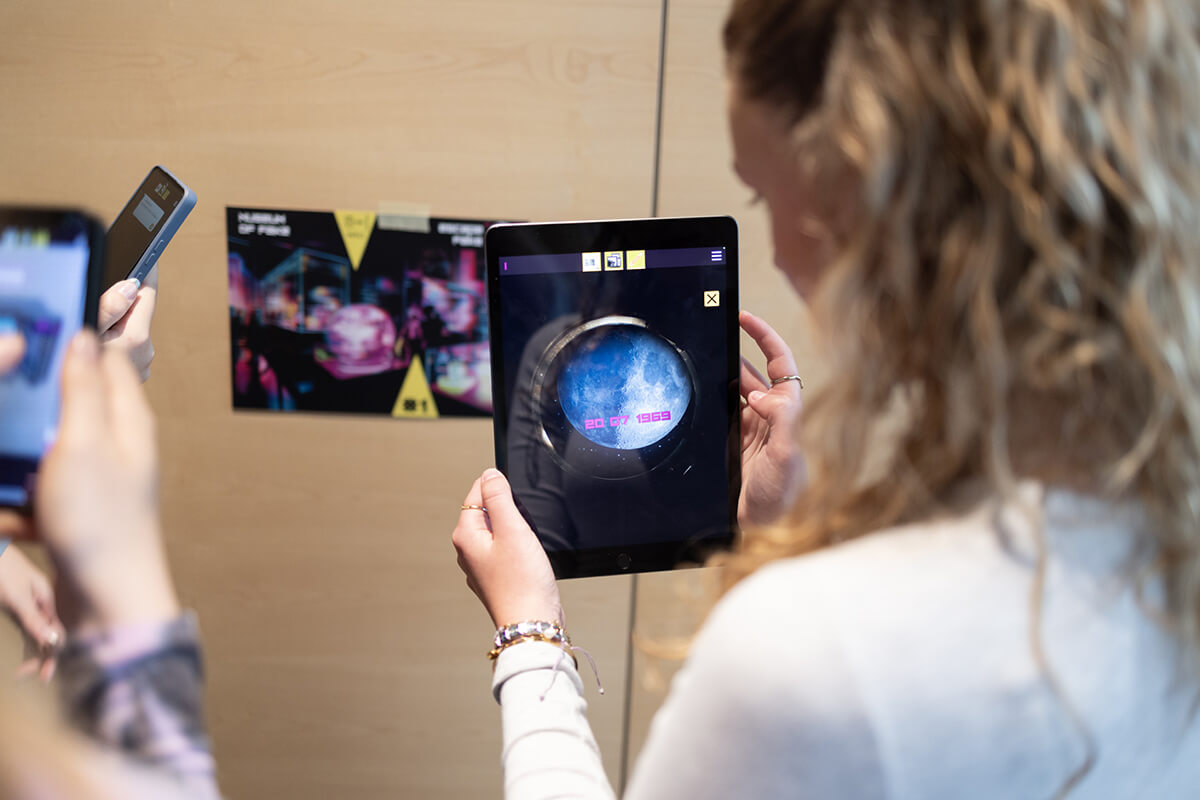
What role do you think XR plays in education?
Sabine: In my opinion, it’s a valuable addition to traditional learning. Especially as part of a blended learning approach, immersive technologies offer more engagement than purely passive consumption of video content.
Niklas: XR content creates vivid experiences that go beyond classical media. Just as I bring real estate to life through 3D tours, theoretical concepts in education can also be transformed into interactive learning environments. This makes abstract knowledge more tangible and helps anchor it more sustainably – an approach that enhances both motivation and understanding.
Bjarne: Even when working in this field, you never really know all the possible applications. In education or industry, XR is exciting because it allows for a stronger culture of experimentation and learning from mistakes. You can simply hit reset instead of having to rebuild machines from scratch.
In which areas of education is there the greatest potential for immersive technologies?
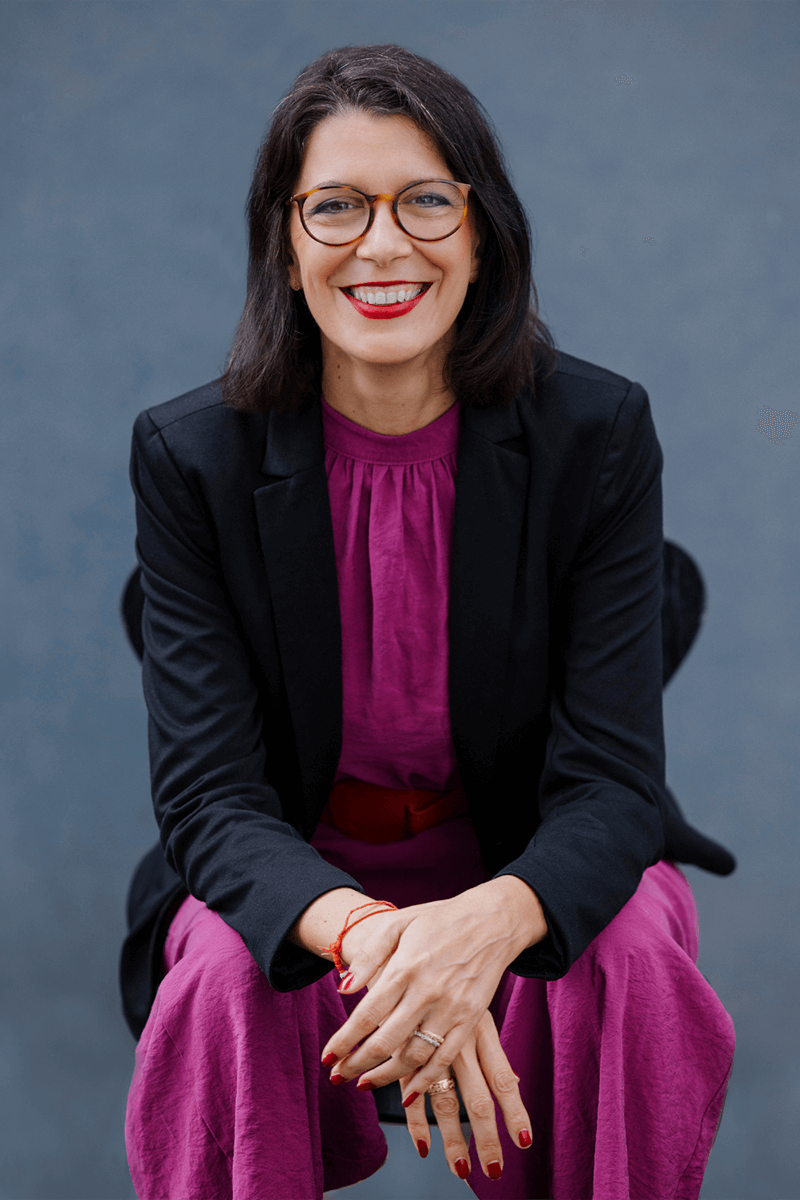
Sabine: XR promotes experiential learning as well as practical skills training – especially in situations where real-world training is difficult or expensive. It is already being used in schools for subjects like history and geography. Additionally, 3D models can improve spatial understanding in mathematics. At universities, XR can support simulations and prototyping, helping to reduce the cost of real materials.
Niklas: Fields where visual representation and hands-on experience are key – such as architecture, engineering, medicine, history, or language learning. Learners can, for example, test complex processes in a virtual lab or explore historical sites interactively.
Bjarne: Especially with VR, there’s a lot of potential because you immediately feel transported into another space, even though you’re physically still in the classroom. The multiplayer aspect is also exciting: everyone is in the same virtual space, teachers can work with 3D structures, add elements, or display pop-ups. Learners can explore these, interact with them, or hide distracting elements. It’s a great opportunity to make lessons more dynamic.
How does XR change learning compared to traditional methods?
Sabine: It shifts learning from simply watching videos or reading PDFs to actively engaging with and interacting in virtual environments and with digital objects. XR enables the repetition of tasks and workflows in a safe and immersive way.

Niklas: Traditional teaching methods often rely on static knowledge being delivered. XR, on the other hand, enables more “learning by doing.” In education, this means that information isn’t just received passively, but actively experienced.
Bjarne: The biggest benefit is that immersive digital worlds engage multiple senses at once. Maybe someday even taste and smell will be part of it. Solving problems interactively, in my opinion, also helps us retain new knowledge more easily.
What ethical and/or societal challenges do you see in using XR in education?
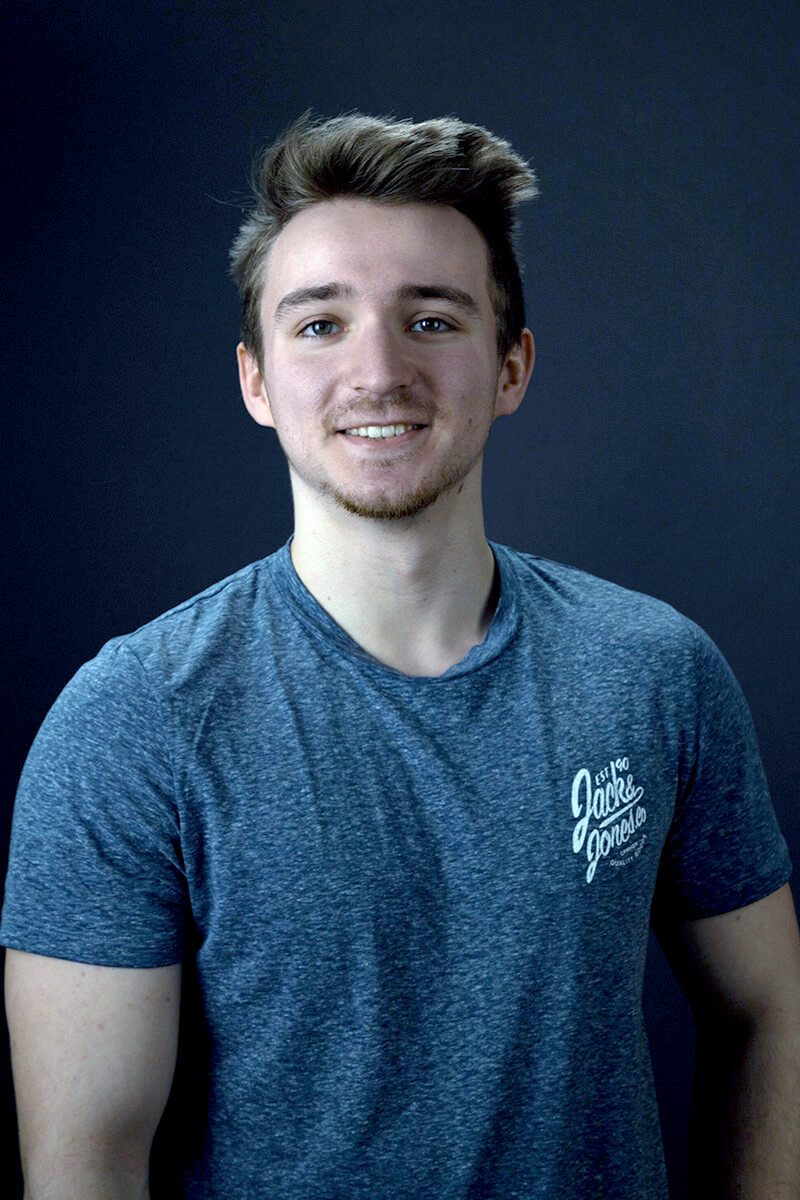
Sabine: There must be clear ethical guidelines for behavior in virtual environments – for example, respectful interaction with avatars and ensuring diversity in avatar representation. Accessibility for people with disabilities is also an important ethical consideration.
Niklas: Data protection and privacy are two key issues, as immersive learning environments often collect personal data. Clear guidelines and protective measures are essential. It’s also important to ensure that XR does not contribute to a growing digital divide. In education, content should always be delivered responsibly and ethically – without manipulation or distortion.
Bjarne: As a society, we still lack broad acceptance of XR, likely due to uncertainty and limited digital experience. The risk of losing touch with reality isn’t the main concern – in VR, you may be immersed in another world, but you return to the real one as soon as you take off the headset. However, virtual experiences do blend with real-world knowledge. With AR, the issue is more complex: the real world is enhanced rather than replaced, which can lead to a dependency on digital aids that may be missed once they’re gone. Ultimately, the impact of immersive technologies also depends on how long and how intensely they are used.
More articles
The following articles might also interest you.
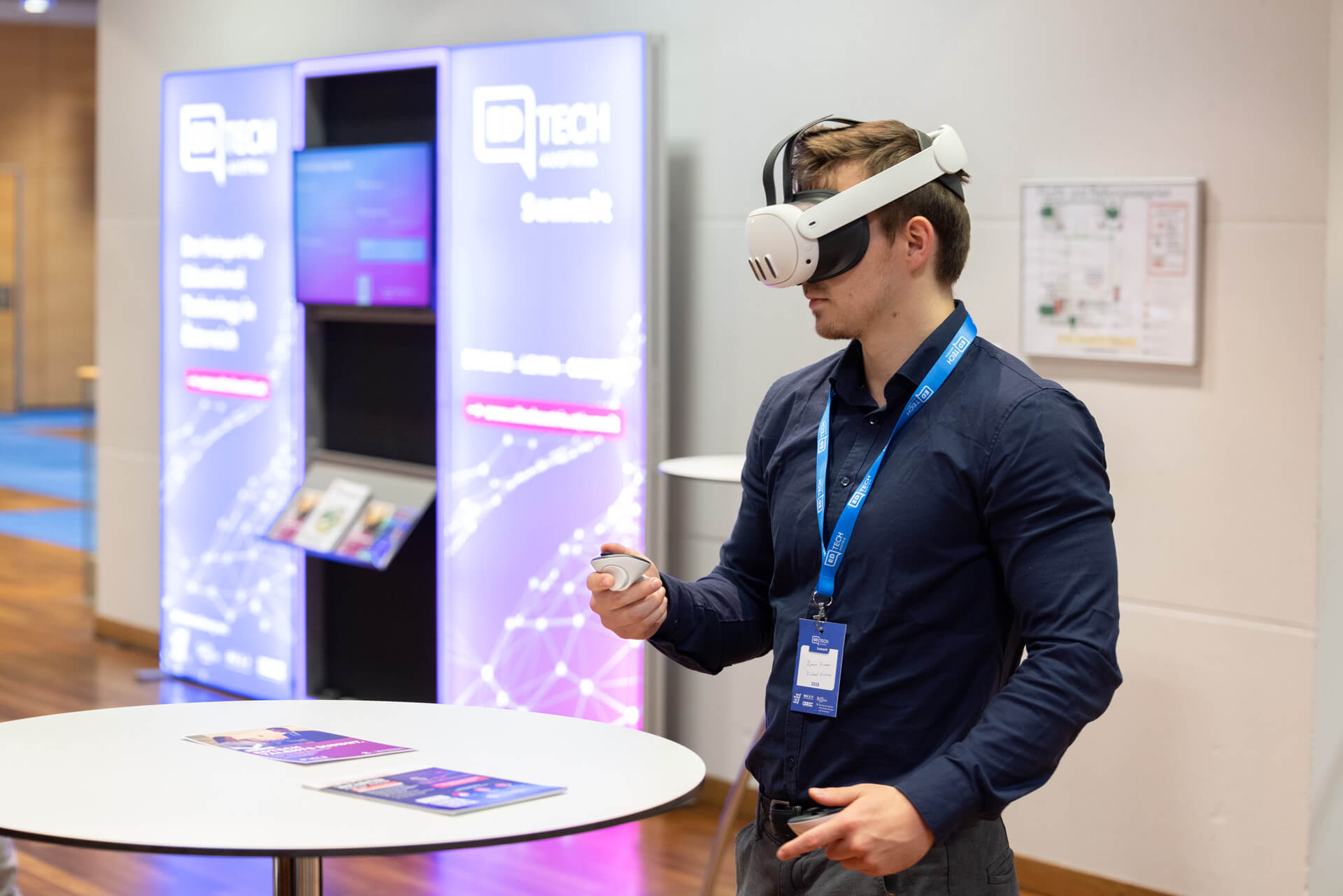
GenAIedTech: From Human to Machine
18. December 2025

Digital Roadshow: Learning Apps Marketplace
18. December 2025
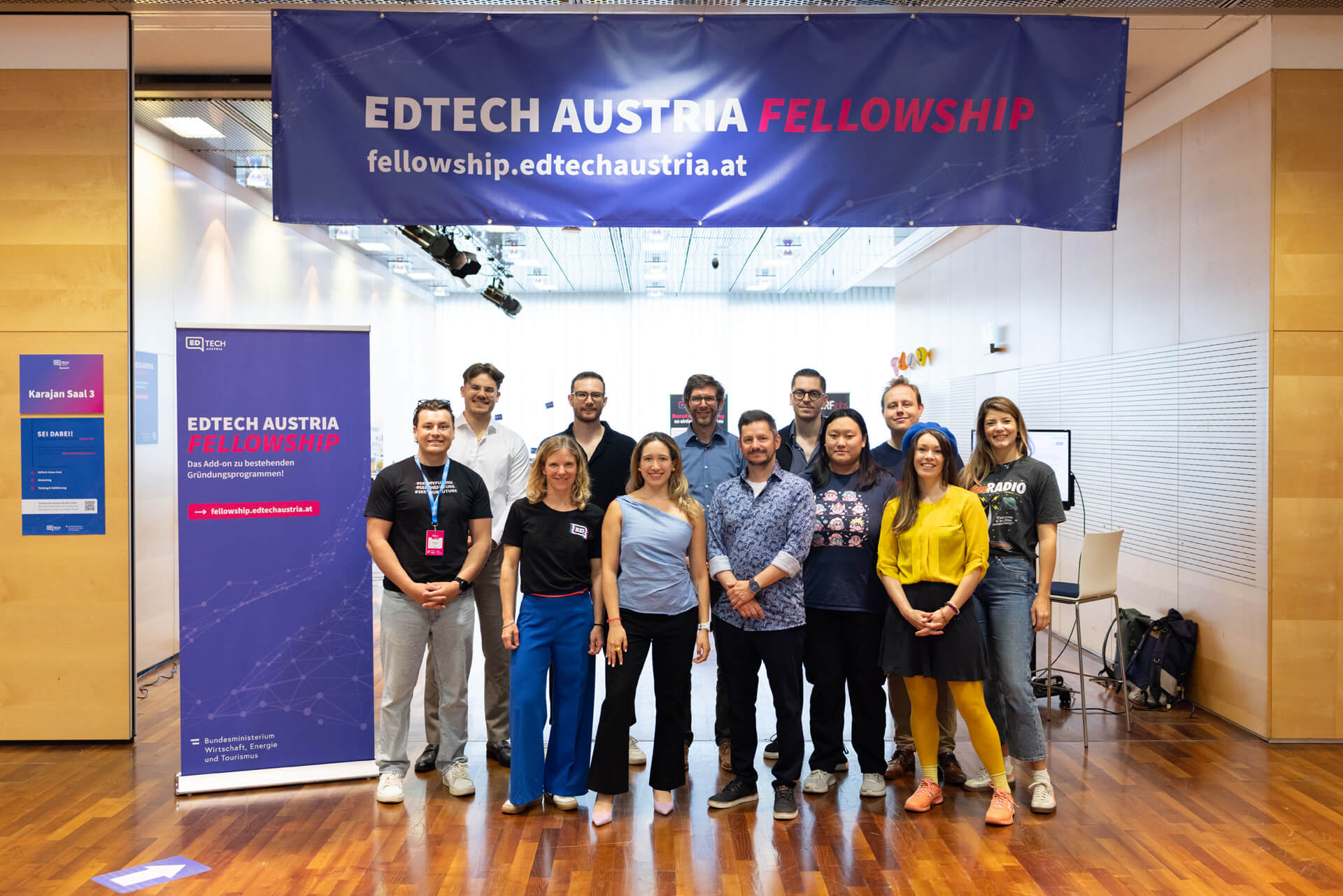
EdTech for all, all for EdTech – shaping the world of education together
18. June 2025
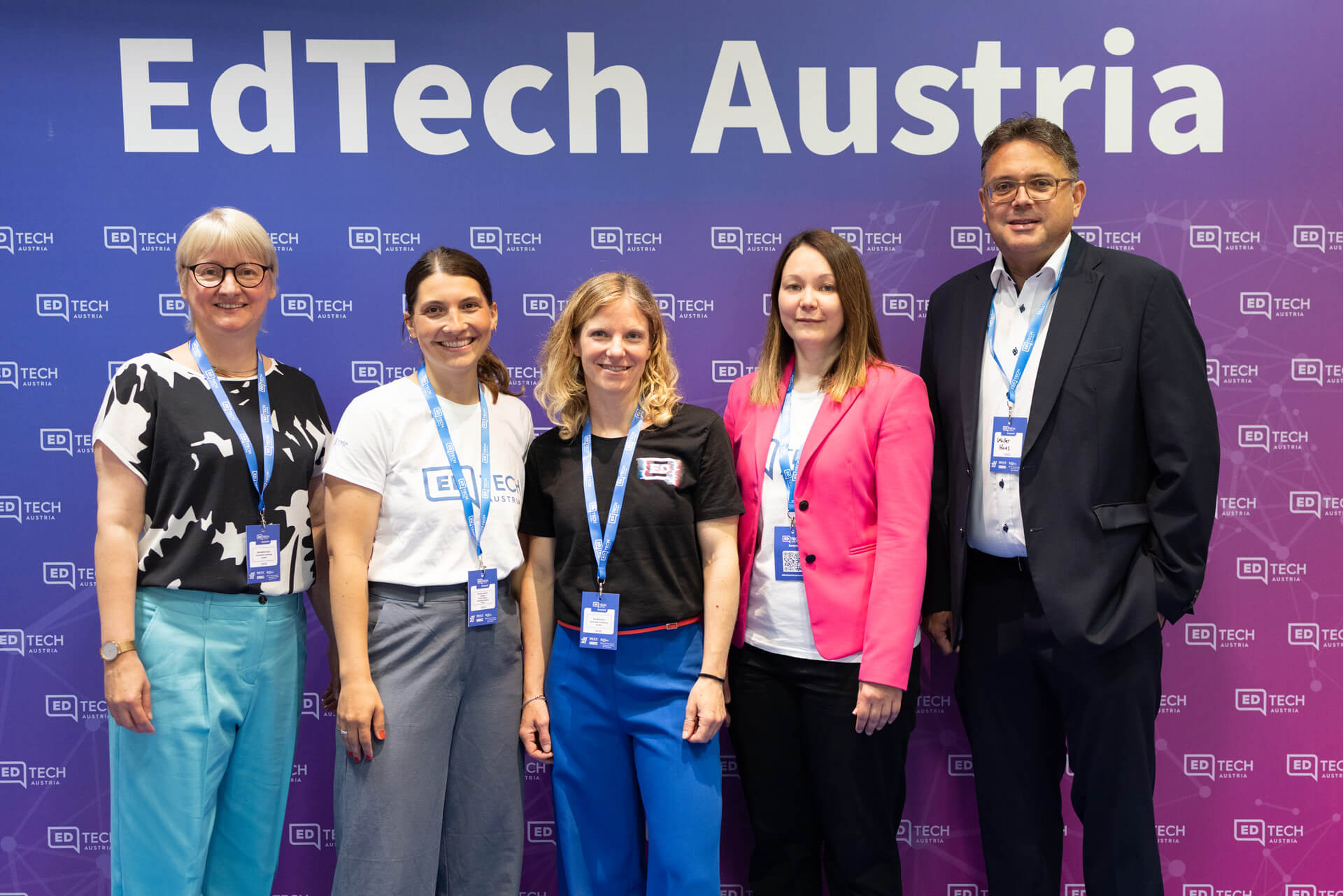
Real-World Practice Meets Innovation: The Fourth EdTech Austria Summit
3. June 2025
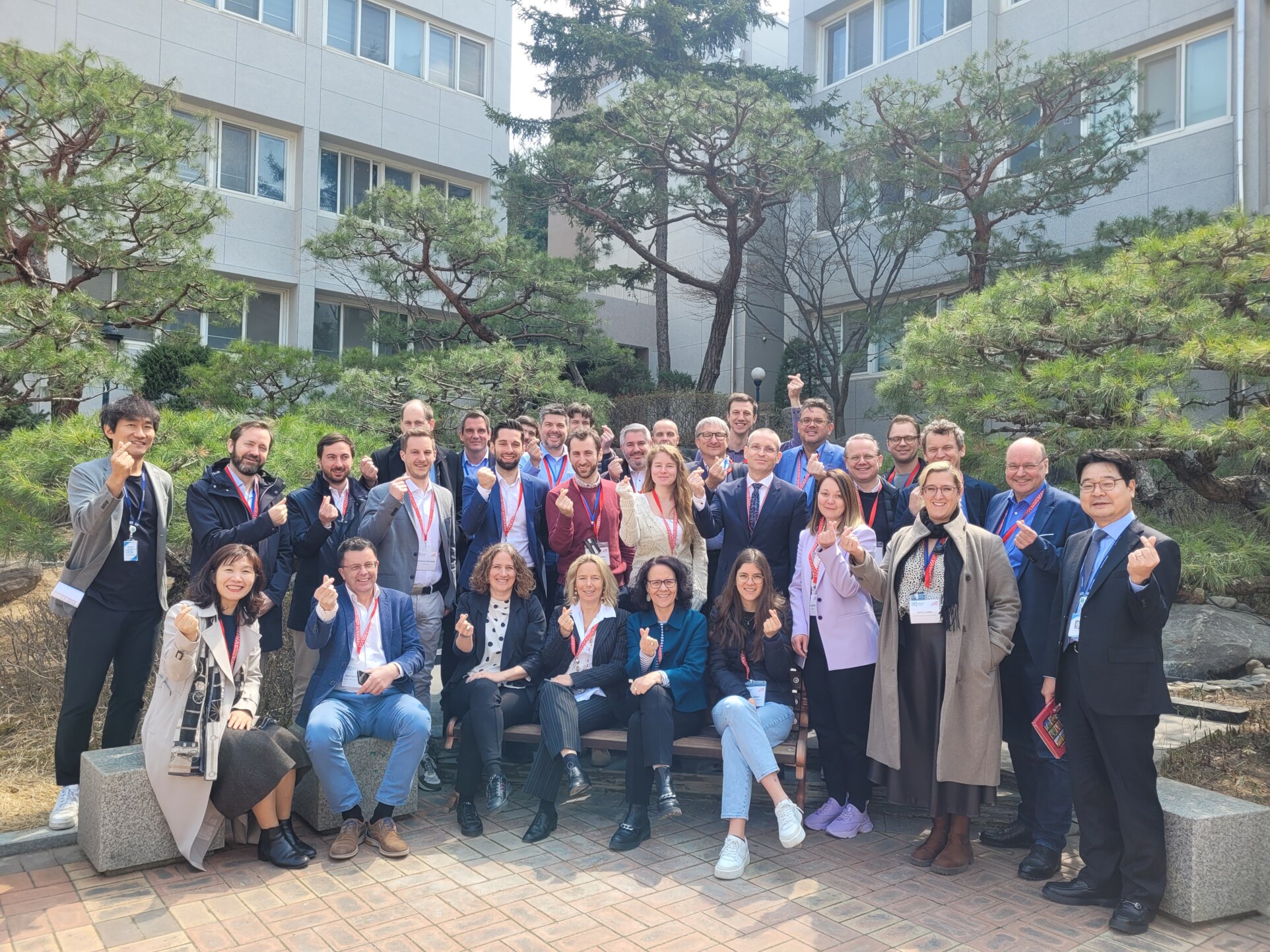
South Korea: How technology, culture and the courage to innovate are shaping education
30. April 2025
